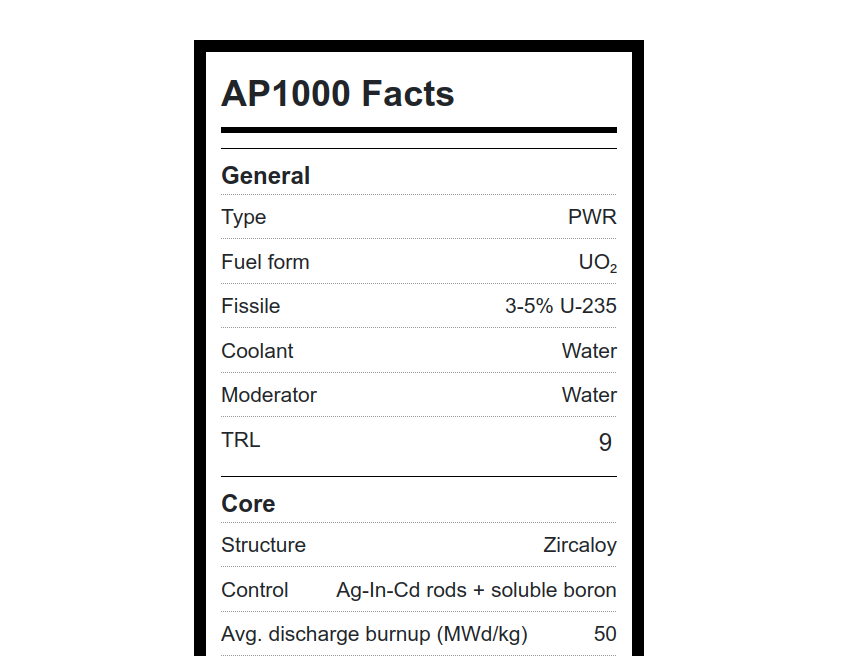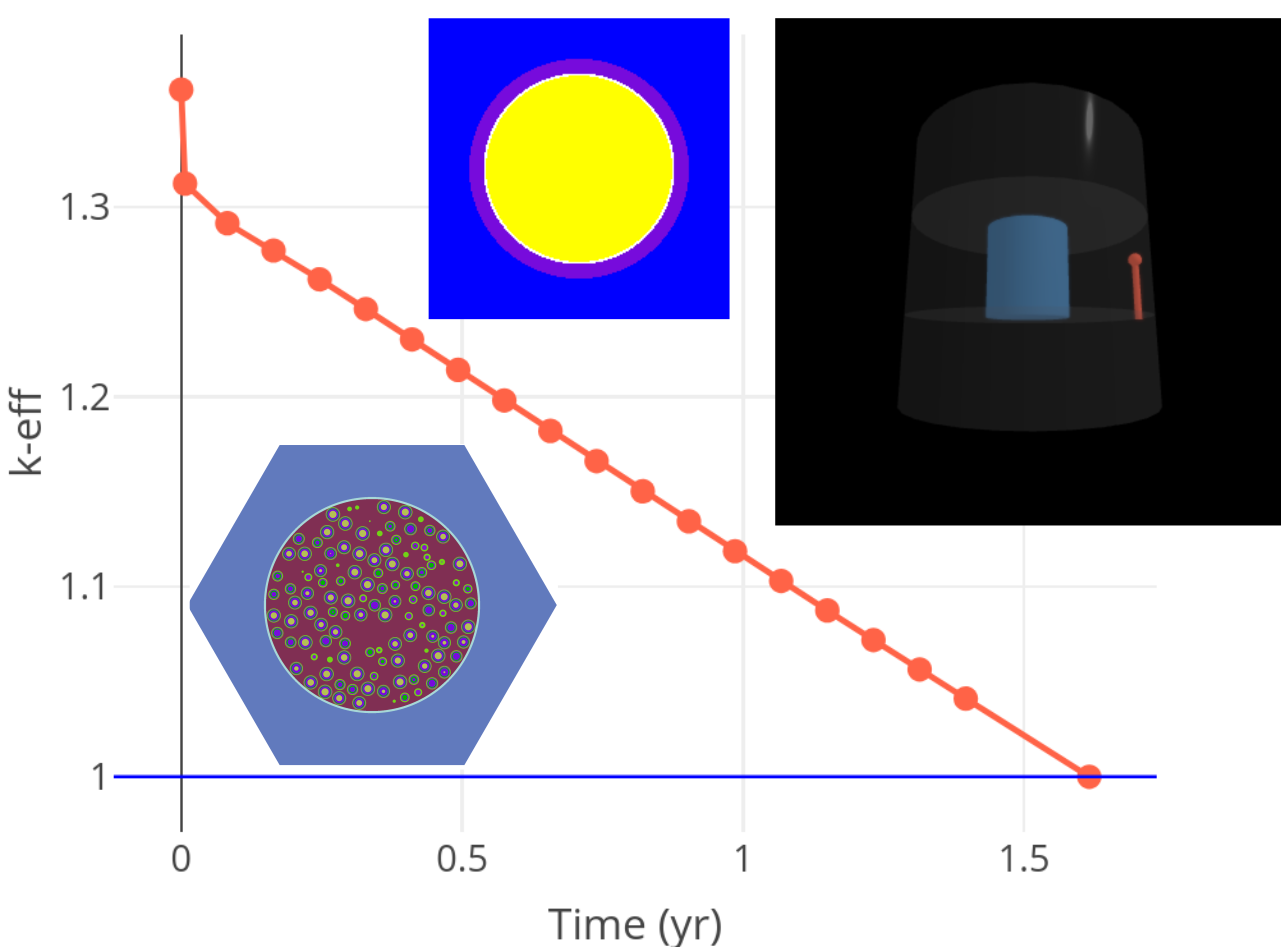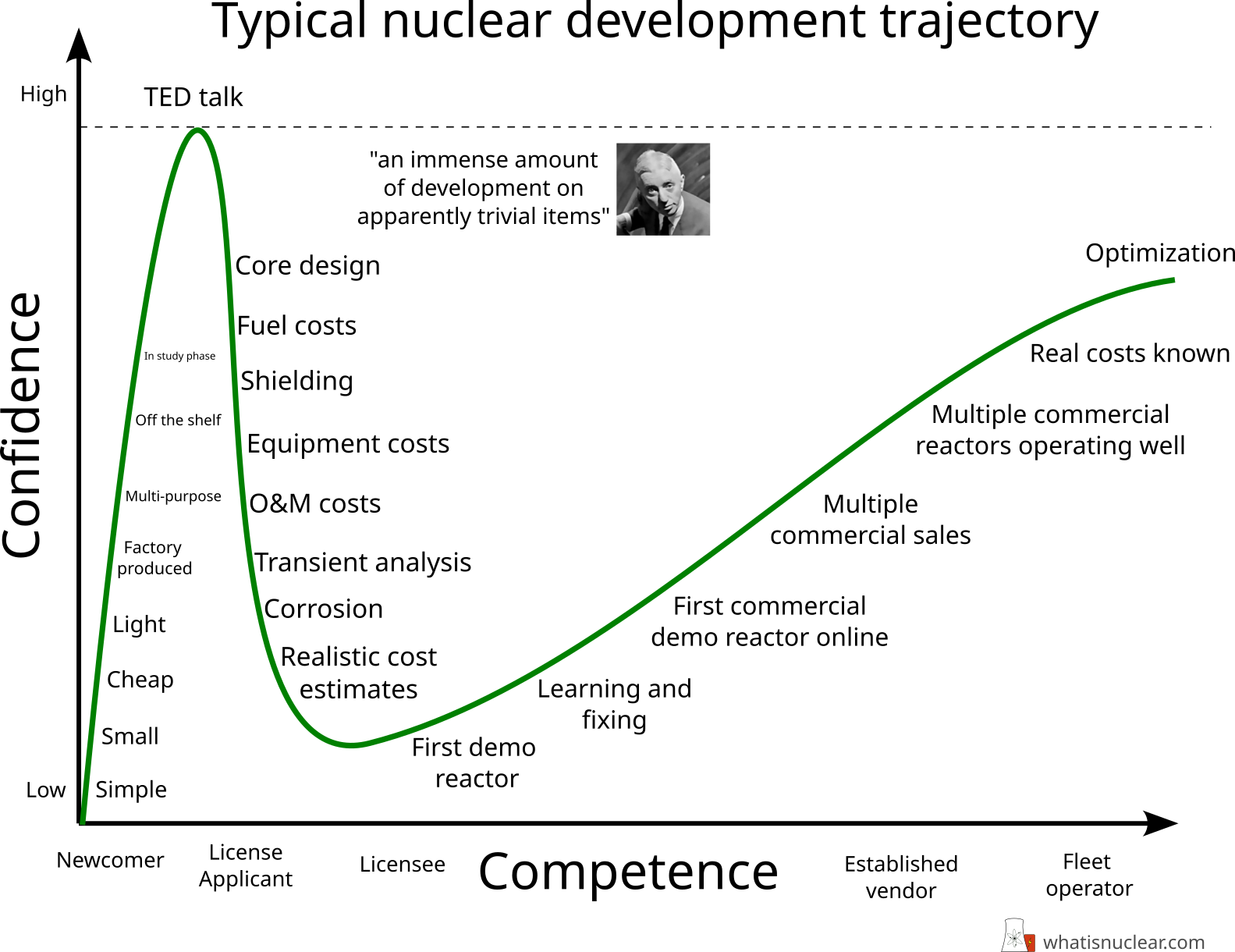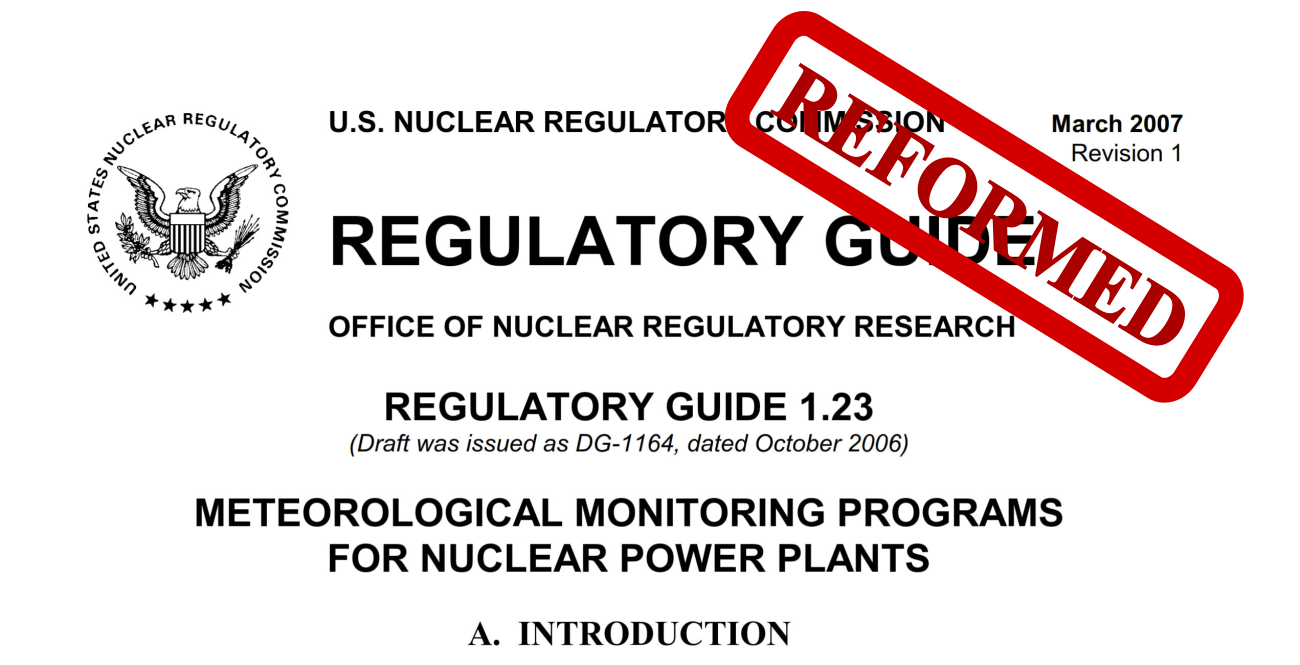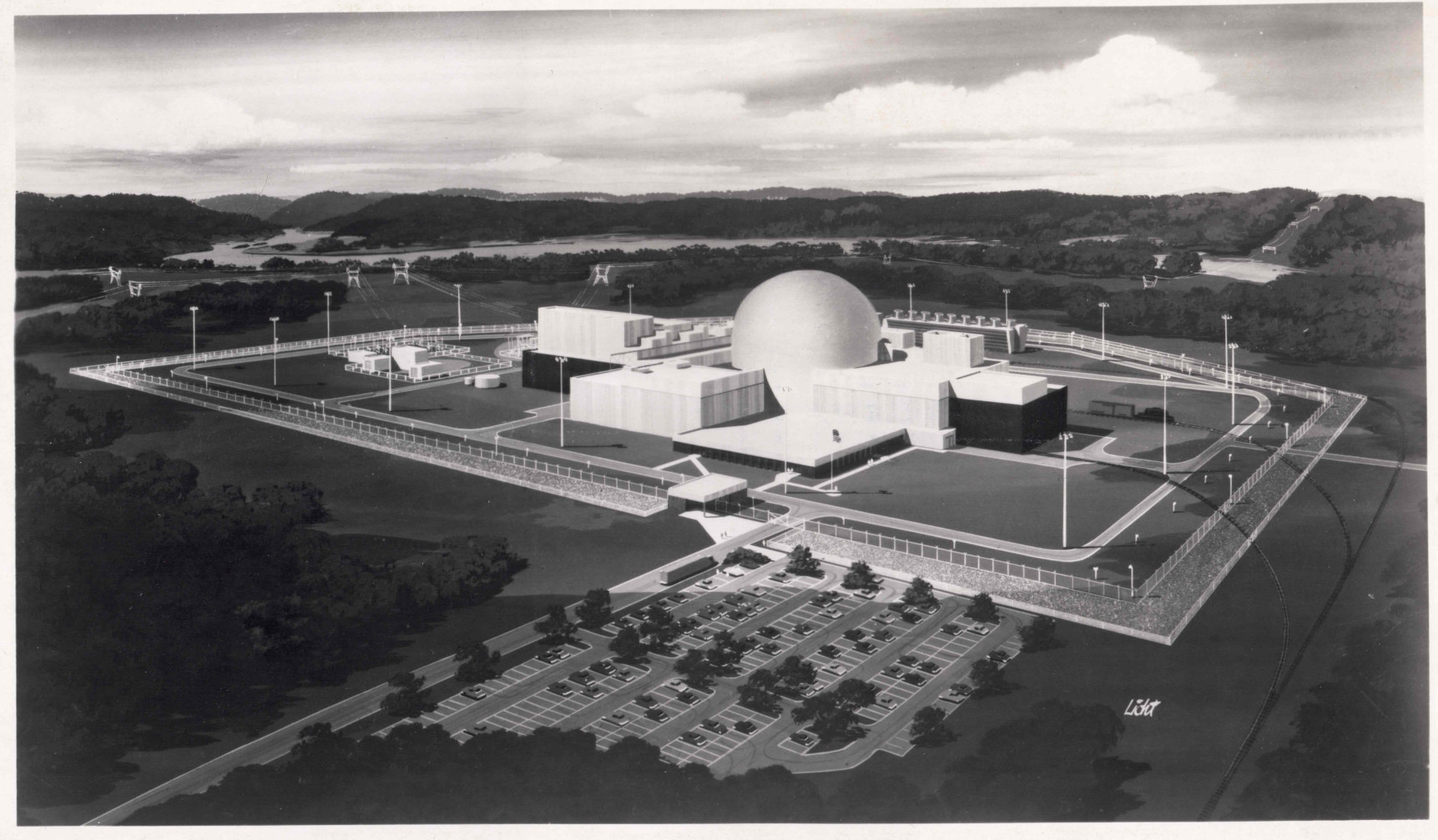Start here to learn more about nuclear power's capabilities and limitations. You'll learn about different types of nuclear reactors, reprocessing, thorium, fission vs. fusion, and nuclear waste.
Start with the EssentialsGet nuanced by reading about nuclear power economics, thorium, the Rickover memo, and beyond
Dive deeperLearn about the amazing things done in the first nuclear era, and how they can help us proceed today.
Take me backHire us for nuclear consulting work. We can help execute your reactor strategy, perform expert technical reviews, do due diligence, and more.
Hire us
